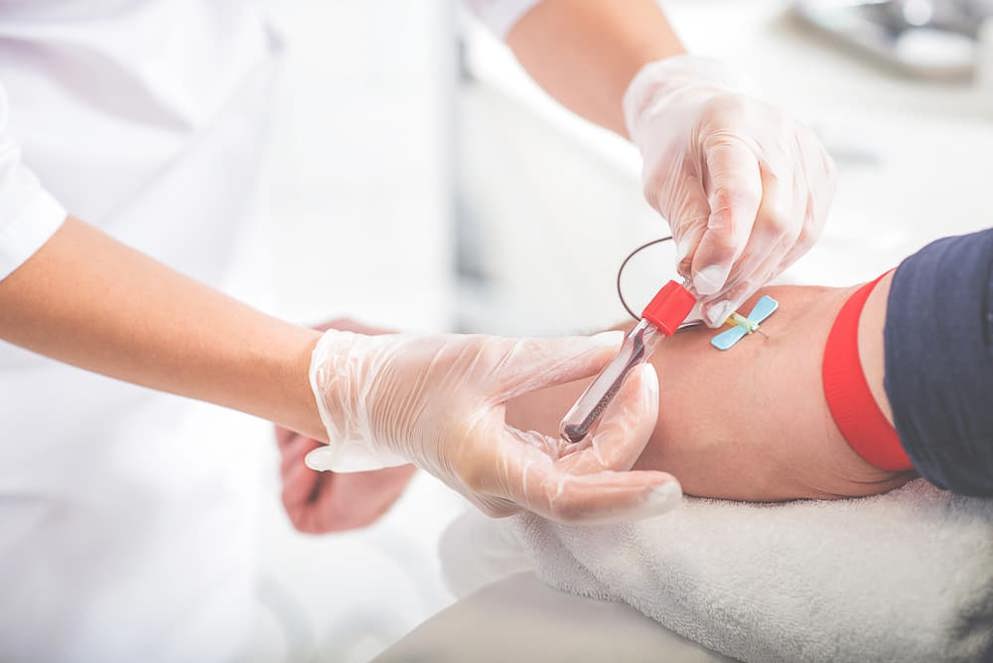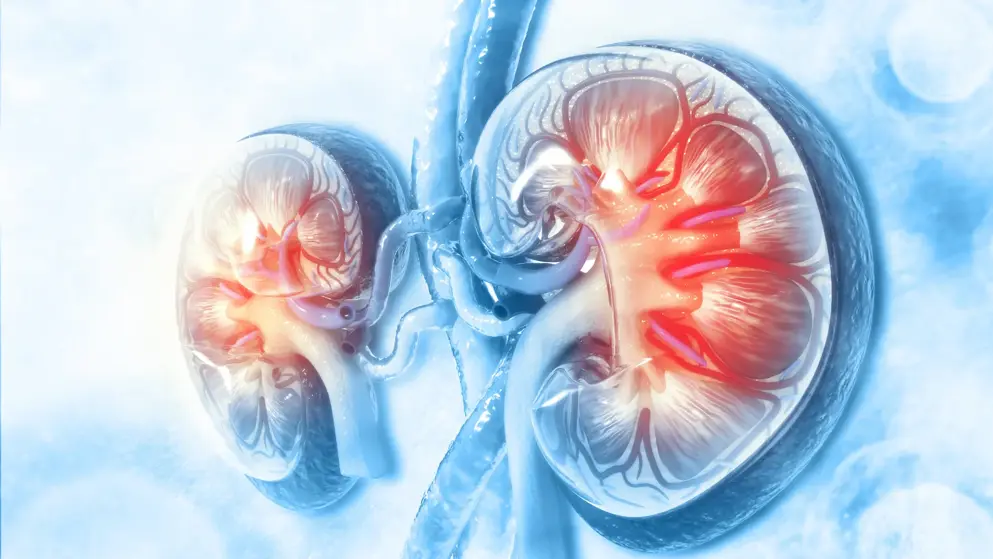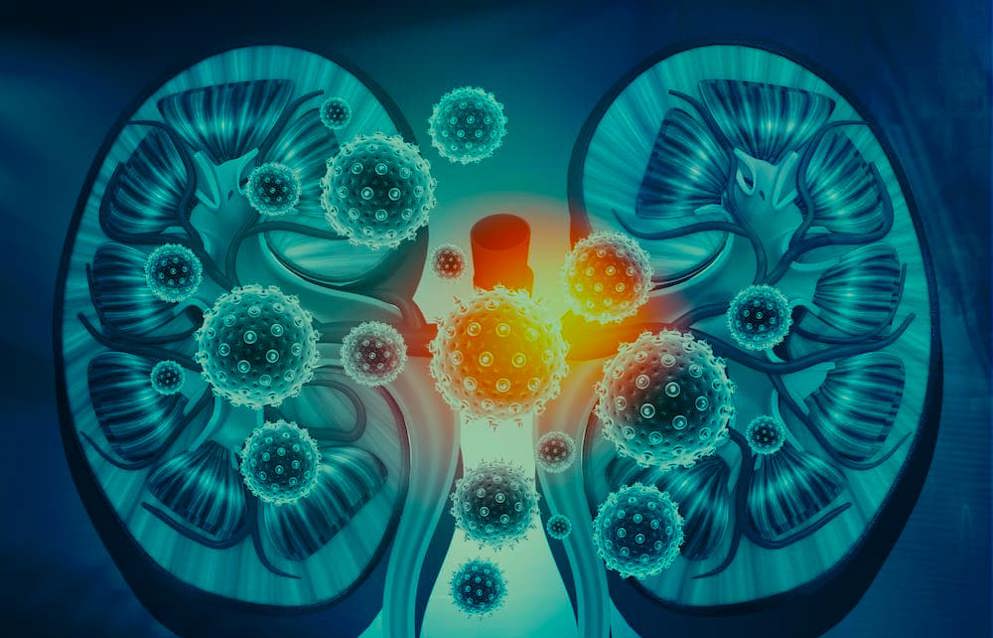Rationale, design, demographics, and baseline characteristics of the randomised, controlled, phase 2b SAPPHIRE study of verinurad plus allopurinol in patients with chronic kidney disease and hyperuricaemia
Rationale, design, demographics, and baseline characteristics of the randomised, controlled, phase 2b SAPPHIRE study of verinurad plus allopurinol in patients with chronic kidney disease and hyperuricaemia
Background: Verinurad is a human uric acid transporter (URAT1) inhibitor known to decrease serum uric acid (sUA) levels and may reduce albuminuria. In a Phase 2a study (NCT03118739), treatment with verinurad + febuxostat lowered urine albumin-to-creatinine ratio (UACR) at 12 weeks by 39% (90% confidence interval: 4%, 62%) among patients with type 2 diabetes mellitus, hyperuricaemia and albuminuria. The Phase 2 b, randomised, placebo-controlled Study of verinurAd and alloPurinol in Patients with cHronic kIdney disease and hyperuRicaEmia (SAPPHIRE; NCT03990363) will examine the effect of verinurad + allopurinol on albuminuria and estimated glomerular filtration rate (eGFR) slope among patients with chronic kidney disease (CKD) and hyperuricaemia.
Methods: Adults (≥18 years of age) with CKD, eGFR ≥25 mL/min/1.73 m2, UACR 30-5000 mg/g and sUA ≥6.0 mg/dL will be enrolled. Approximately 725 patients will be randomised 1:1:1:1:1 to 12, 7.5 or 3 mg verinurad + allopurinol, allopurinol or placebo. An 8-week dose-titration period will precede a 12-month treatment period; verinurad dose will be increased to 24 mg at month 9 in a subset of patients in the 3 mg verinurad + allopurinol arm. The primary efficacy endpoint is change from baseline in UACR at 6 months. Secondary efficacy endpoints include changes in UACR, eGFR and sUA from baseline at 6 and 12 months.
Conclusions: This study will assess the combined clinical effect of verinurad + allopurinol on kidney function in patients with CKD, hyperuricaemia and albuminuria, and whether this combination confers renoprotection beyond standard-of-care.
Read abstract on library site Access full article




